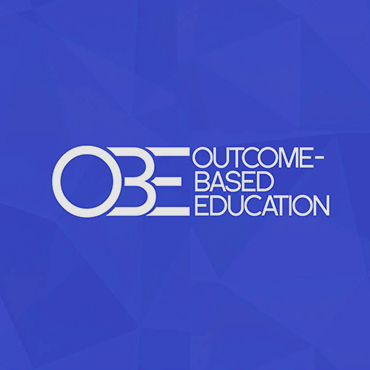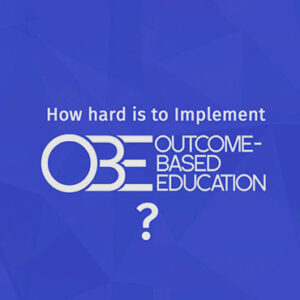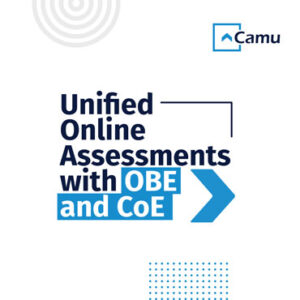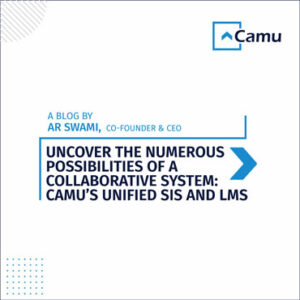
Embracing OBE

The Draft National Education Policy, 2019, does a great job at using the word “outcome” more than a hundred times, with specific emphasis on “educational outcomes”, and calls out “institutions” more than six-hundred times. This is more than a soft suggestion to old-school institutions to rejig their modus-operandi.
Although OBE is easier preached than practiced, the draft policy kindles inspiration by taking the onus of formulating the learning outcomes as part of the national curricular framework. It also promises to offer assistance to institutions in many forms, of which teacher-training is noteworthy. Teachers can then drive pedagogical innovations necessary to achieve and improve upon defined learning outcomes. Offering content in multiple-languages too is recognized as essential to reach larger learner community.
Achieving OBE often requires a thorough rework of curriculum, classroom dynamics which is typically learning delivery, and assessment methods. The process of adopting OBE needs deep data capture for the attainment computations. Traditional methods of manual record keeping and use of ad-hoc and disparate systems wont be an option as the process will become laborious. Also, implementing OBE requires constant rework on the courses. Many Institutions generally piece together solutions from content-providers such as publishers, classroom management systems, and assessment systems. Some institutions venture into developing their indigenous systems. On top of any integration and deployment challenges, these choices for educational institutions often involve a trade-off between ease-of-operation and cost.
There are few technology options, such as “Camu”, an Integrated Learning and Campus Management Solution focused on OBE, NAAC and NBA, which enable smooth implementation of OBE for educational institutions. This scenario invites institutions to workout an IT Strategy along with their operational strategy. Given the need to press the accelerator on achieving academic excellence and gaining instant visibility in global education context, investing time to make or buy the right kind of technology solution is a wise option to exercise.

The Draft Policy seems to recognize the role that technology has to play in reaching its vision of transforming the education system and facilitating national development. It proposes to form National Educational Technology Forum (NETF) as an autonomous body for free exchange of ideas in development of technology suitable for educational institutions. The body shall don the role of providing evidence-based advice to central and state government agencies on technology-based interventions, build intellectual and institutional capacities in educational technology, envision strategic thrust areas, and articulate directions for research and development.
Portals to motivate teachers to pursue micro-certifications on pedagogical innovations, and setting up centers of excellence in educational technology are envisaged. The report hints that the hardware challenges, if any, in implementing a technology solution in schools should solve itself by 2025 given the permeation of devices. They thus suggest that integrating technology into school curriculum is a clear agenda. Creative Commons licensing, and content repositories such as National Repository for Open Educational Resources shall be promoted so that more institutions have awareness to contribute and use simultaneously.
Critically, the policy identifies that technology offers its best benefits in aiding the planning and management of educational institutions. Data-gathering, reporting and analytics are a perennial requirement of institutions that aspire to achieve the vision set out by the policy.
Currently, there is no reasonable estimate of the number of institutions adopting OBE. Rough estimate can be made by the rate at which affiliated institutions are gaining autonomy, because these are typically among the early adopters of OBE, apart from public and private universities.
The draft policy hints at monitoring disruptive technologies too. Perhaps the vision of rapid transformation of the education system would be best served if this can become a primary goal. Such a goal may perhaps result in finding a solution if it already exists, or at least signals to the industry that an effort in such direction would not be unwise. In any other case, the efforts planned in the policy would stand. And so would the adoption of outcome-based education approach by institutions.







